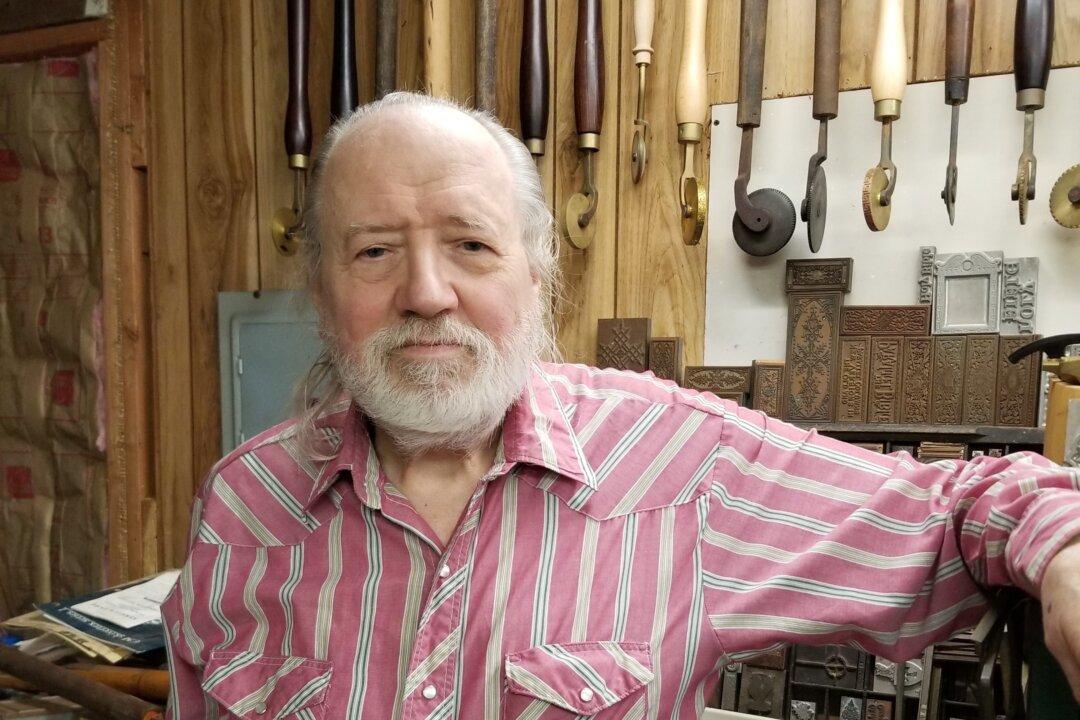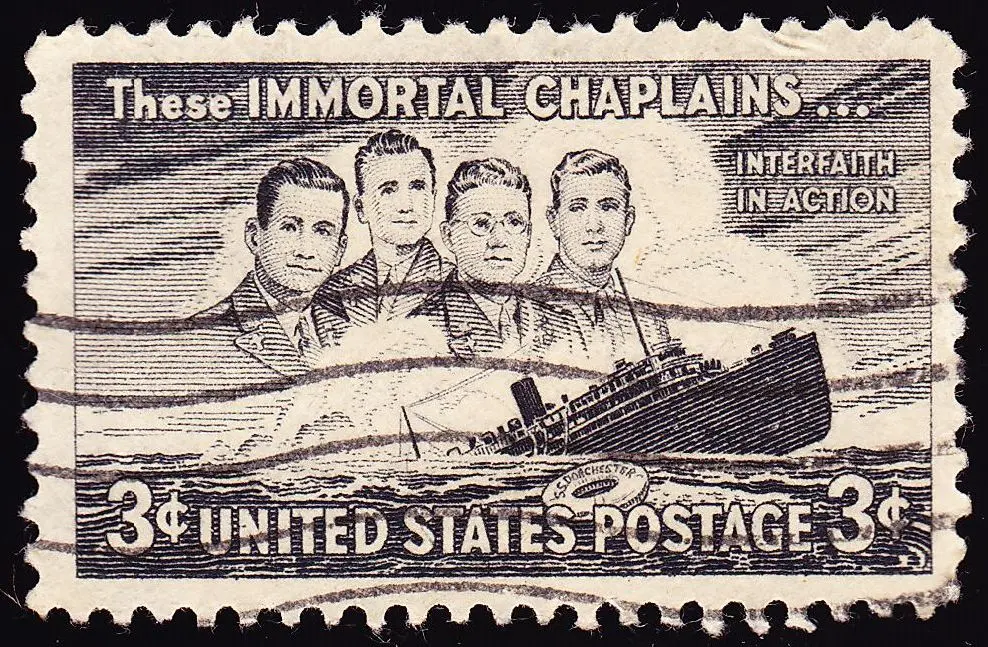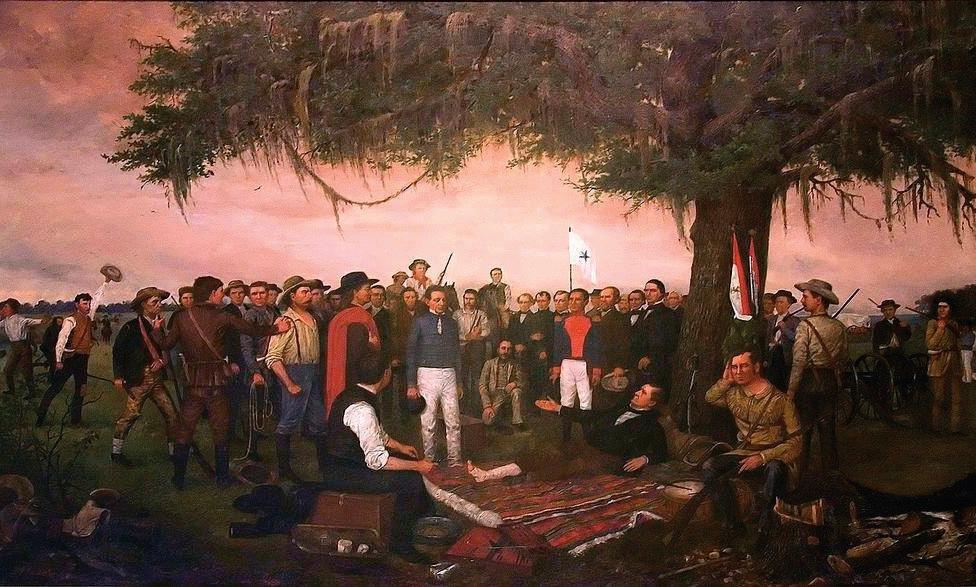There it sits on a bookshelf in the den, that 150-year-old King James Bible once owned by your great-great-grandmother, the family genealogy duly recorded in the front pages. The binding is frayed, the once rich red cover now turned nearly black from usage. You look at that book every once in a while and tell yourself you’d like to have it restored.
Or maybe you want to give your husband, who loves all things medieval, a journal with the appearance of a ledger book from the late Middle Ages. Where do you find such a thing?






